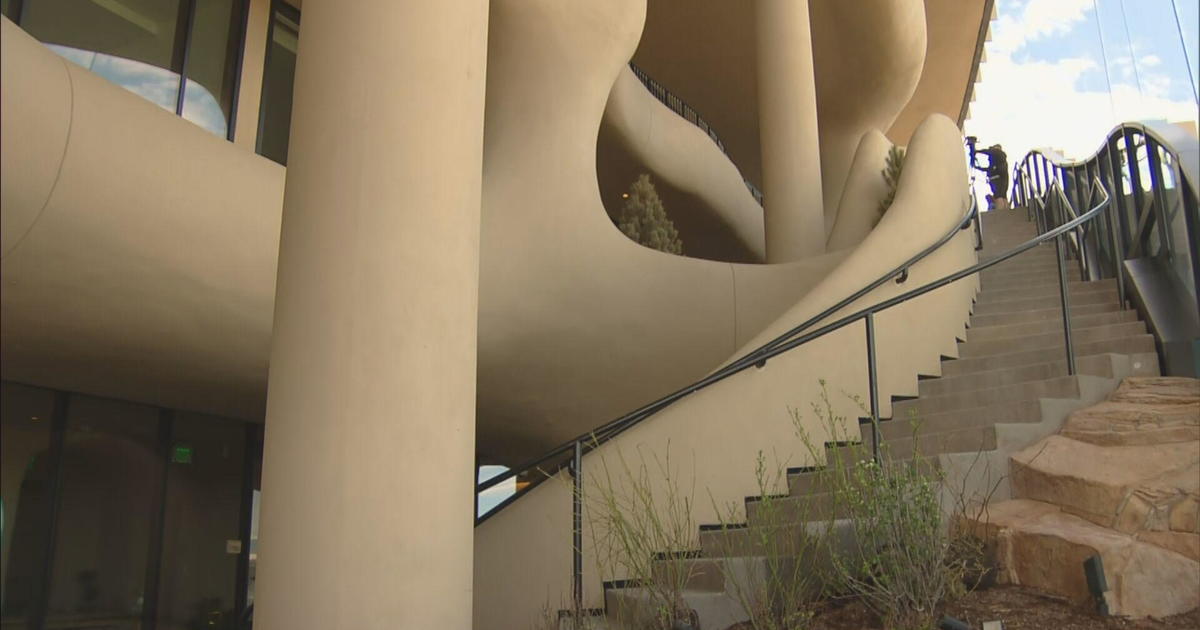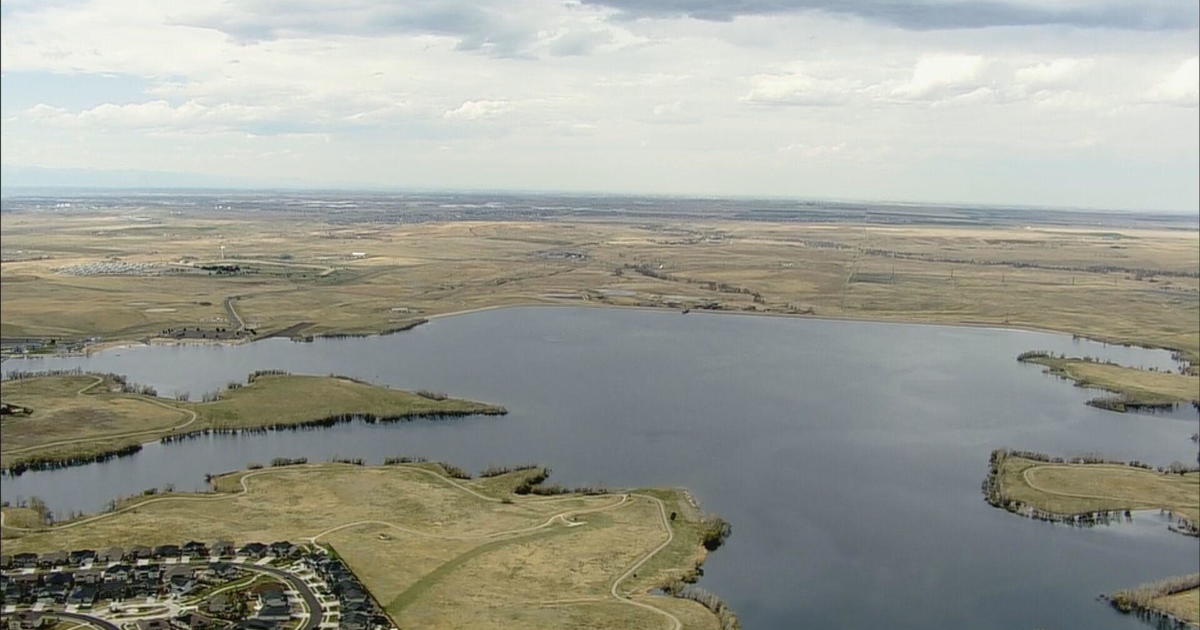Rocky Mountain National Park Rich In Settlement History
ESTES PARK, Colo. (CBS4) - Back in 1915 the Rocky Mountain National Park was established to protect the natural beauty of its rugged environment, but there was a lot of human activity in that region long before the park was founded.
Historian Ken Jessen is the author of Rocky Mountain National Park: A Pictorial History. He offers tours of the park, and CBS4's Colorado Getaways producer Doug Whitehead recently tagged along on one.
It was much more than a nature walk; Jessen is able to point out hard-to-notice remains from a century ago.
"This is the site where the convicts were brought in before the park was actually founded," Jessen told the group. "They brought them in from Canyon City and they built these cabins to house them, in order to begin the construction over extremely rugged terrain."
You can still see the outline of some of those cabins in the park today.
"You drive by a place like this and you're looking at the mountains and you're looking at the general scenery and you don't see the little things," said tourist Bob Hostetler.
Jessen says settlers had been coming to this wild country for decades.
"This was fairly heavily settled before the 1870s," he said. "You had all these homesteaders up here and ranchers."
Jessen led the group to what's left of the Ashton Homestead in Little Horseshoe Park. A large garage with a sleeping loft is the only structure still standing. There's also a cellar nearby that was used to store food for the long, cold winter.
Hikers in the area would most likely miss the evidence of a small diversion dam that brought water to the homestead.
"It probably froze solid during the winter time," Jessen said. "So it was probably a seasonal supply of water."
Visitors to Upper Beaver Creek Meadows may notice the outline of a foundation, but they probably don't know about the ranch life lived by the Honduis family.
In Morain Park, Abner and Alberta Sprague built a small cabin in 1874. Ranching was the only way to make a living in those early days.
"About 65 structures were once in this area," said Jessen.
By 1890, though, they had built a hotel to accommodate the growing number of tourists in the area.
"They quickly found out that it was easier to make a living feeding tourists than feeding cattle," Jessen said.
Additional Resources
Jessen's tour is offered through the Estes Park Museum. You can learn more about the tour at estesnet.com/museum.



